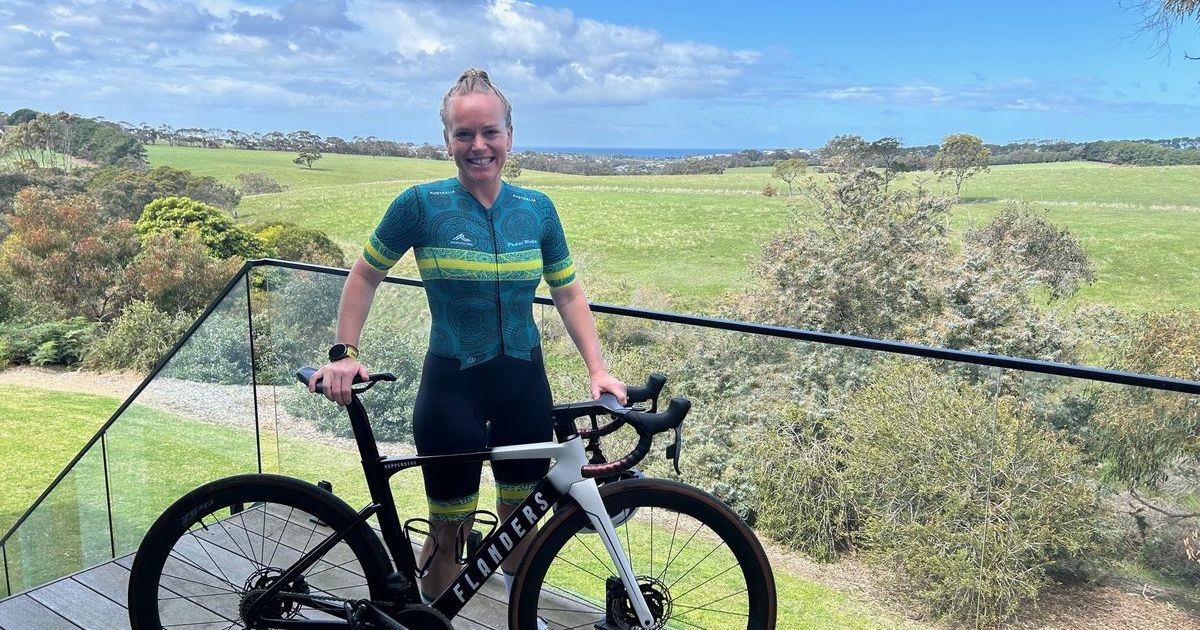Tingling leg pain? You may be experiencing sciatica
You may have heard of it – but what exactly is sciatica?
Sciatica can be described as low back pain associated with referred pain running down the leg. Most commonly pain will present in the buttock and go down the back of the leg typically on one side and may cause symptoms such as pins and needles or a tingling sensation into the foot.
Sciatica is compression of the sciatic nerve commonly caused by disc herniation, muscle tightness (especially the piriformis muscle), and arthritic bone changes in the vertebrae.
Sciatica presents between 30-50 years of age. Some risk factors include prolonged sitting, tight gluteals (buttocks), diabetes and obesity which can create pressure onto the spine.
If the sciatic nerve is fully compressed, your leg may feel numb or dull. If the nerve is partially compressed then you may feel pins and needles, these symptoms can be constant or come and go.
In clinic, we see patients that have been suffering with low back pain for a long period of time and haven’t ever seen an osteopath or physical therapist.
The symptoms can progress further and manifest such as sharp stabbing pain into the buttock, dullness at the back of the leg and even travels down into the foot.
Dr Brieuc Wilmart says: “sciatica may be associated with high stress levels and poor sleep patterns, which can further aggravate your low back pain and increase your pain.”
What not to do if you have Sciatica
You should avoid prolong sitting, driving and slumping, as well as long periods of standing as this will increase the pressure on you sciatic nerve and can further cause you pain.
What to do if you have Sciatica
Low impact exercises with a back strengthening focus should be on top of the list such as swimming, gentle prone yoga poses such as the sphinx, cobra, cat/cow will help you to strengthen your back and may support your recovery. Osteopathic treatment may also improve your recovery.
As osteopaths it is very common to see patients presenting with low back pain and sciatica. In the initial consultation the first step is to screen for all potential causes of your symptoms by taking a thorough history and establish a treatment plan tailored for every unique patient.
Dr Wilmart says “every low back pain presentation is different and I always look at each individual and tailor my treatment to suit you.”
Once the treatment plan has been agreed upon, osteopathic treatment might consist of soft tissue massage of the low back, gluteals and lower limb muscles, mobilise the associated joints, ligaments and tendons to release the pressure on the sciatic nerve as it travels down the leg. A series of specific exercises – with diagrams so you don’t forget them – may be given to further help you in your recovery.
If you, or someone you know, is suffering with sciatica please give Sequence Osteo a call on 5261 5766 or book online sequenceosteo.com.au with one of thier experienced osteopaths.
*Mention this article for $10 off your initial consultation.


















